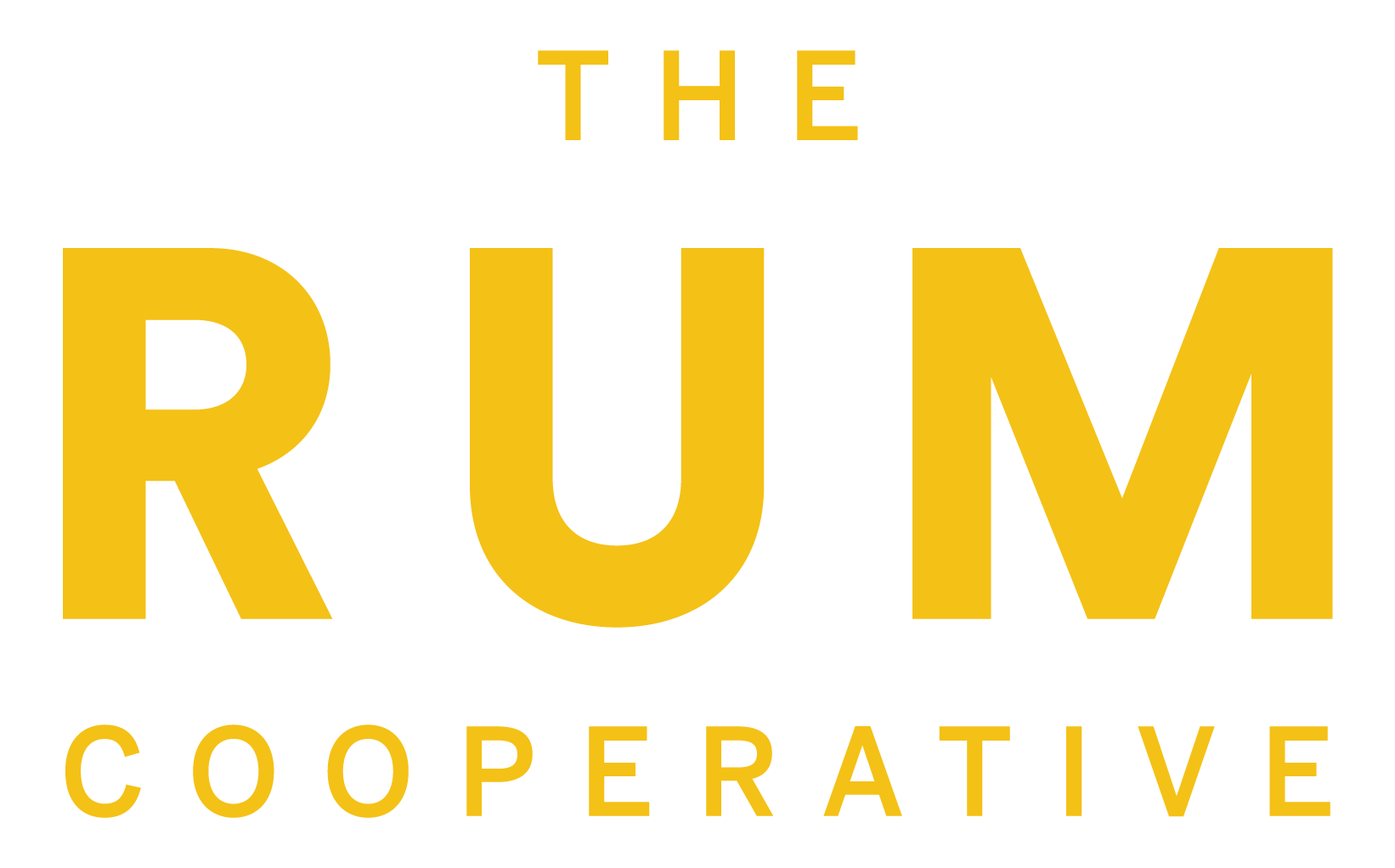Jamaica
0.9% of the blend
Jamaican rums are renowned for their funkiness — and we mean funky in the best way. They're big and robust. In the parlance of the rum distiller, they are "Cogener heavy," congeners being the chemical compounds that add complexity to rum. The distinctive flavor of Jamaican rum is achieved, in part, through the use of "dunder." When the rum distillation is complete, the slurry that's left over, "dunder", is pumped into a pit, where it’s left to sit. It's then added into subsequent fermentations, contributing to the formation of what are called "esters."
If you are aiming for a funky rum, the more esters that form the better because esters contribute to congener development. When crafting a rum blend, a little Jamaican rum goes a long way. This blend uses just the right amount to add mystique and depth, without taking over the profile of the finished product.
Notes of: summer rum-punch, banana, Pineapple, and Oranges






